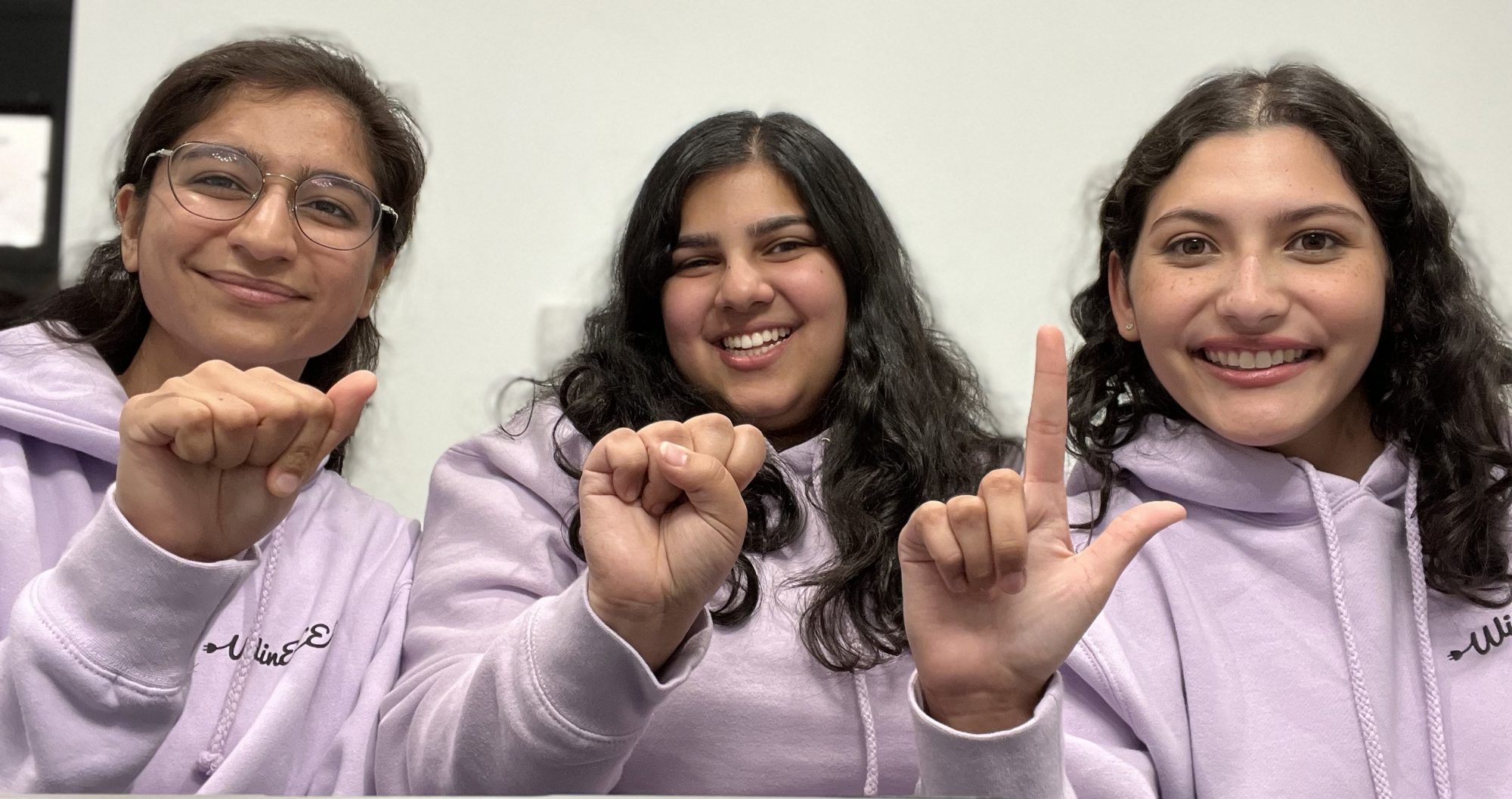Hinna’s Status Report for 2/26/2022
This week, I worked with my team on the design review, with the main deliverables being the presentation and the report. I personally worked on creating 15 more iterations of testing data, with the 15 communicative and dynamic signs that I was assigned. I also helped create diagrams for the design presentation, specifically with the microservice architecture we used to describe our neural network separation.
Currently our project is on schedule but we definitely feel a little bit of the time pressure. We have not yet begun training our ML model because we only finalized our neural network type during the design review this week. Additionally, all of us are very busy with midterms and writing the design report so we haven’t done as much work as we wanted to on the project implementation itself. To account for this, we plan to meet more frequently as a team and extend some tasks past spring break in our schedule (such as creating testing data).
Next week, I hope to work with my team to complete the design report where I am primarily responsible for the introduction, use-case requirements, testing, and Project Management sections of the report.
Hinna’s Status Report for 2/19/22
This past week, my focus was mostly on the components of our project related to the design presentation and report.
For my individual accomplishments, I first created some testing data for our machine model for 15 of our 51 signs, with 5 versions of each of the 15 signs. In these different versions, I varied the lighting and angle at which I signed to allow for more robust testing when we begin testing our model. I also researched the benefits of an RNN (our chosen neural network) versus a CNN (our contingency plan) to help my team make a more informed choice on how to structure our solution.
Additionally, I finalized the microarchitecture of our different neural networks, meaning I figured out how to sort our 51 signs into different models based on similarity. The purpose of this sorting is to ensure that when users sign on the platform, our models will be trained against similar signs in order to more definitively decide if the user is correctly signing one of our terms. The 5 different neural networks are roughly sorted by fist signs, 1 finger signs, 2 finger signs, 3 finger signs, and 4-5 finger / open handed signs. Note that these neural networks will still have similar structures (RNN, hyperbolic tanh activation, same number of layers, etc) but will differ in the signs they are trained to detect.
Our project is currently on schedule, as long as we are able to start training the model in the next week or so. Now that we have a more definitive system design our timeline seems more attainable than last week (when we weren’t sure which neural network to use to implement our solution).
As for deliverables next week, I plan to do more iterations of the 15 assigned signs I have to contribute to our testing data. I also plan to work with my team on our design report and begin training our model.
